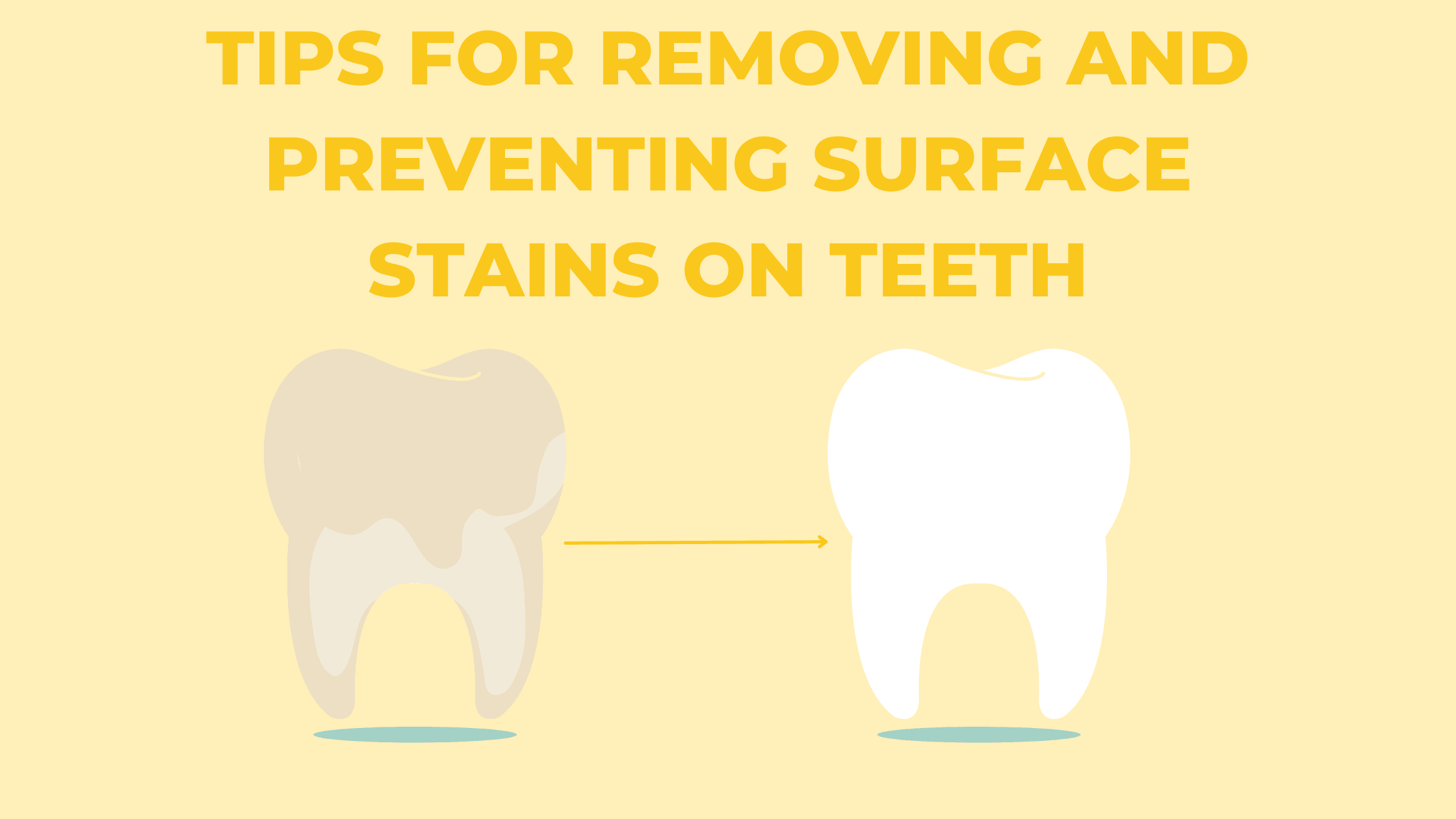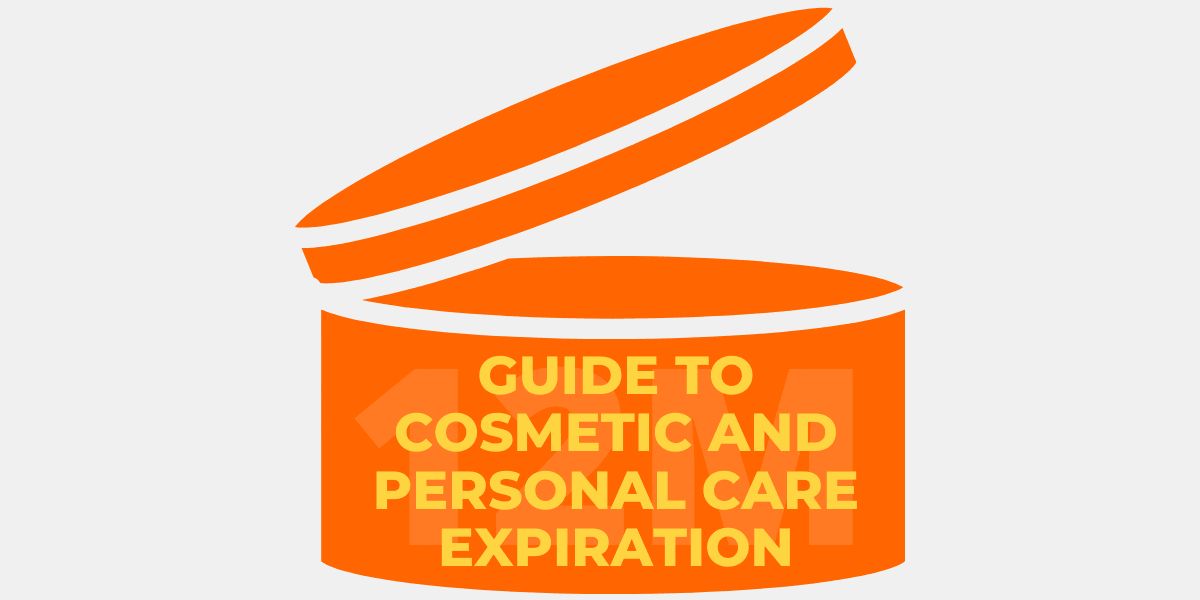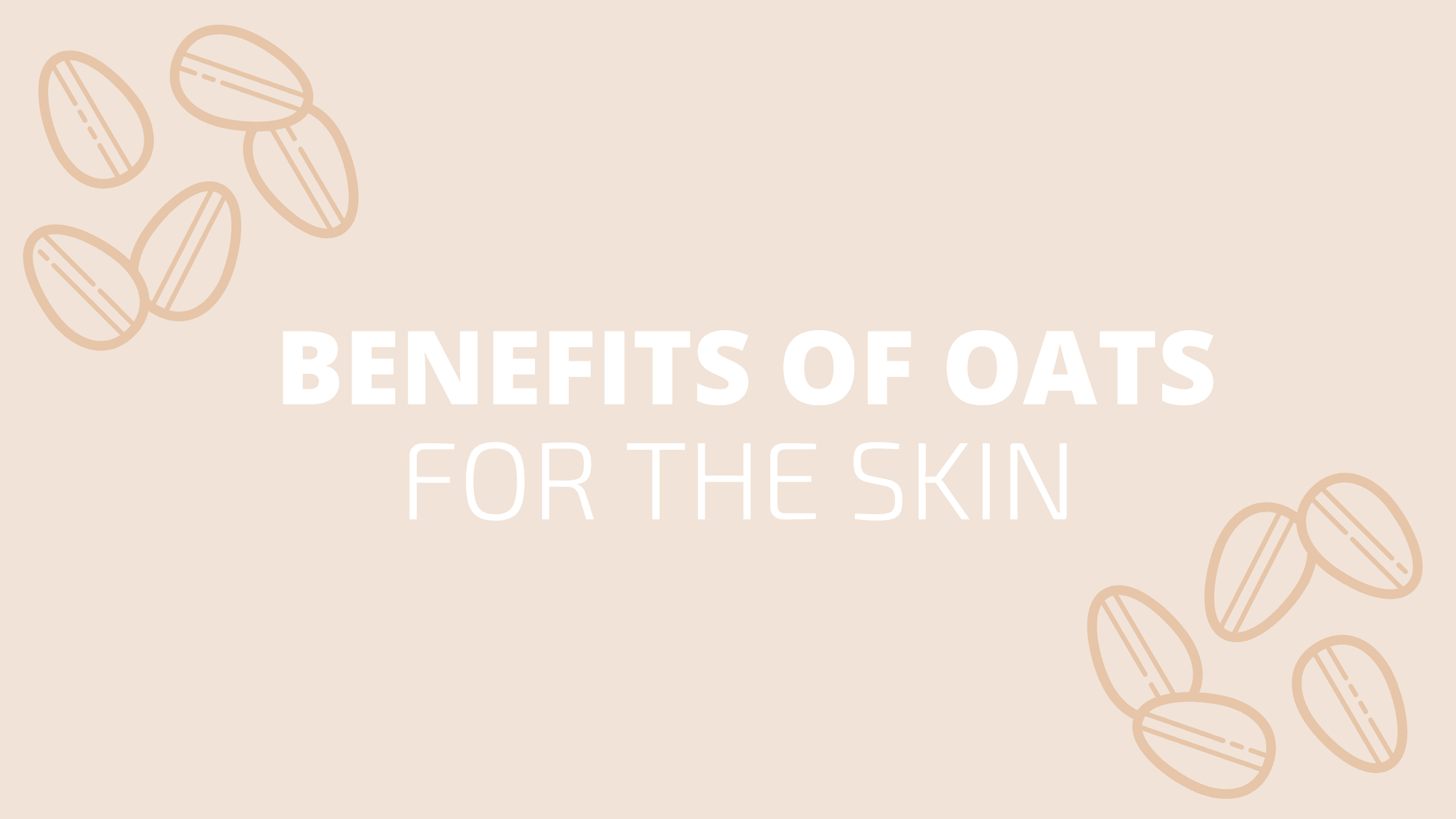
Tips for Removing and Preventing Surface Stains on Teeth
We all want a bright white smile. Even ancient Egyptians and Romans had their own teeth whitening hacks (the Egyptians used a vinegar and pumice stone mix while the Romans opted for urine if you’re curious, but don’t try these at home).
With all the wear and tear of daily life, it’s difficult to keep the yellow hue at bay. Luckily, Cleure founder, Dr. Flora Stay DDS, has some expert tips to remove and prevent surface stains.
Types of Tooth Stains
Not all tooth discoloration is created equal.
Intrinsic stains occur in the inside of the tooth as a result of tooth decay, trauma, overexposure to fluoride, genetics, or certain medications.
Extrinsic stains are those that live on the surface level of the tooth that are typically caused by food and beverages, and tobacco.
Intrinsic stains are usually beyond repair, so talk to your dentist about other options, but extrinsic stains can be lightened in a number of ways.
How to Remove Surface Stains from Teeth
Whitening
When it comes to treating extrinsic stains, or surface stains, there are a number of different options. You’ve more likely than not seen some type of teeth whitening advertising, whether it be for an over the counter whitening strips toothpastes, or mouthwash, or for professional in-office whitening treatments performed by your dentist.
These whitening treatments generally use hydrogen peroxide or carbamide peroxide as the main ingredients to break down surface stains, leading to whiter teeth.
Eat fiber rich foods
Your diet plays a big role in the state of your teeth.
Foods full of fiber and roughage can help stimulate saliva production and scrub stains from the surfaces of your teeth. Apples, celery, carrots, cauliflower, and any other foods that put your teeth to work are great options.
So swap out sugary snacks and dark pigmented beverages and try these Healthy Snacks for Healthy Teeth.
How to Prevent Surface Stains
Brush Daily
The first step to prevent stains on your teeth (and the first step to optimal oral hygiene) is to brush and floss daily. Brushing ensures that any food, beverages, and bacteria are wiped away so that they don’t have time to stain the teeth.
The toothpaste and toothbrush you choose plays a part as well. You can buy a whitening toothpaste, but those are often harsh and irritating for those with sensitive teeth, gums, or skin. Choose a sulfate free toothpaste with a mild abrasive such as baking soda and a soft bristle toothbrush to help gently scrub off surface stains without harming the enamel.
Use Fluoride Free Toothpaste
Most toothpastes contain fluoride, but there are benefits to choosing a fluoride free toothpaste. An excess amount of fluoride from the combination of fluoridated tap water and fluoride in toothpaste, especially during early childhood, can lead to fluorosis which appears as yellowish brown stains.
Avoid Staining Foods
Food and drinks with darker pigments, tannins, or high acidic content are more likely to lead to tooth staining or discoloration over time. Limit your consumption of red wine, coffee, berries, soy sauce, juices, tobacco, and chocolate.
If you cannot give up your vices, drink through a straw to avoid hitting the front of your teeth, and be sure to brush your teeth soon after.
Visit dentist for regular cleanings
If you can’t remember your last dentist visit, that’s a good indicator that you are due for one of your biannual dental cleanings. Dentists have special tools and procedures to remove plaque, tartar buildup, and surface stains that regular brushing and flossing cannot.
DIY Whitening Trends to Avoid
Like with any pricey procedure, the internet is full of do-it-yourself fixes for stained teeth. However, these home remedies are often damaging to the teeth and should not be used as an alternative to professional whitening treatments or regulated whitening products.
Hydrogen peroxide can cause irritation and tooth sensitivity to your tongue, gums, and other tissue, and a regulated whitening strip or treatment will keep the peroxide confined to your teeth, and not the delicate tissue.
Whitening strips are formulated by dental professionals who combine the optimal concentrations of peroxide and other ingredients, and are regulated by the FDA (Food and Drug Administration and the ADA (American Dental Association). DIY treatments are cheaper for a reason.
The abrasion goes beyond scraping off surface stains, and can be damaging to your oral health. Charcoal toothpaste can wear down your teeth’s enamel (which will make them appear even darker than before), and bits of charcoal can get caught in between the teeth, and gums causing irritation and infection.
It’s no surprise that there is currently a lawsuit against a major toothpaste brand in regards to their unsubstantiated marketing claims surrounding activated charcoal in their toothpaste, and the damage it can cause to the teeth and gums.
Magic Eraser sponges are made primarily from melamine which is a hard foam that essentially acts like sandpaper. So it’s safe to say it’s too abrasive for tooth enamel. Not to mention, it’s also made up of formaldehyde which is considered carcinogenic and should not be ingested or inhaled.
The box even reads “Avoid accidents: do not use on skin or other parts of the body,” so save the Magic Eraser for your sink and stove and focus on proper oral hygiene instead.
Read more about these and more oral care trends to avoid.
Your teeth probably won't be pearly white forever without a little bit of help from teeth whitening treatments, but you can take steps to ensure that you limit surface stains as much as possible. Keep these tips in mind and read more oral care tips on the Cleure Advice by Concern Blog.
Best Vitamins for Teeth and Gum Health
Is Your Toothpaste Damaging Your Health?
7 Ways to Improve Oral Hygiene


Leave a comment
This site is protected by hCaptcha and the hCaptcha Privacy Policy and Terms of Service apply.